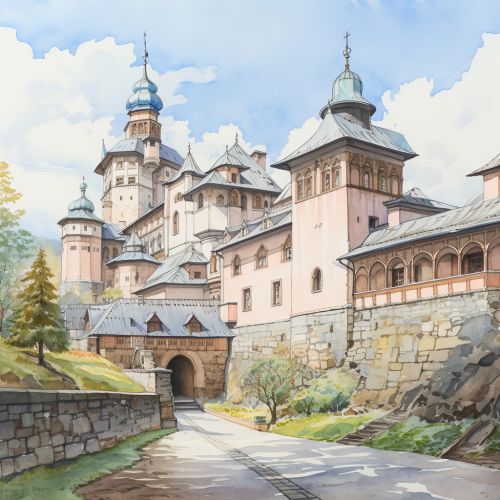Norbertine
Origins and History
The Norbertine order, also known as the Order of Canons Regular of Prémontré, was founded by St. Norbert of Xanten in Prémontré, near Laon, in Picardy, France, in the early 12th century. St. Norbert was a German bishop and founder of the order, who was later canonized in 1582 by Pope Gregory XIII.


The Norbertines follow the Augustinian Rule, and are thus considered part of the larger family of Canons Regular. Unlike monks who live a cloistered, contemplative life and profess vows of stability, canons regular, such as the Norbertines, take vows of stability, but also engage in pastoral ministry, living in community together.
Beliefs and Practices
The Norbertines are characterized by their commitment to a life of communal prayer, liturgical service, and pastoral work. They are committed to the ideals of poverty, chastity, and obedience, and strive to live in imitation of Christ and his apostles. The Norbertines place a particular emphasis on the celebration of the Eucharist and the Liturgy of the Hours, which punctuates their daily life.
Organization and Structure
The Norbertine order is organized into independent houses, each of which is governed by an abbot or prior. These houses are grouped into larger entities known as circaries, which are in turn overseen by a general chapter, which meets every six years. The head of the order, known as the Abbot General, is elected by the general chapter for a term of six years.
Norbertines Today
Today, the Norbertine order is present in over 25 countries around the world, with approximately 1,300 members. They continue to serve in a variety of roles, including parish priests, teachers, chaplains, and missionaries. They are known for their commitment to education and social justice, and many Norbertines are involved in work with the poor and marginalized.
